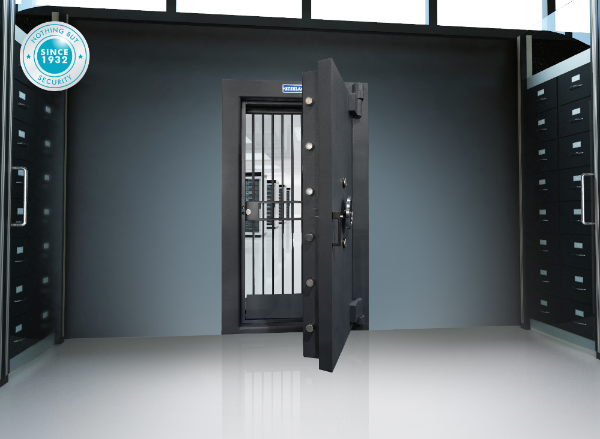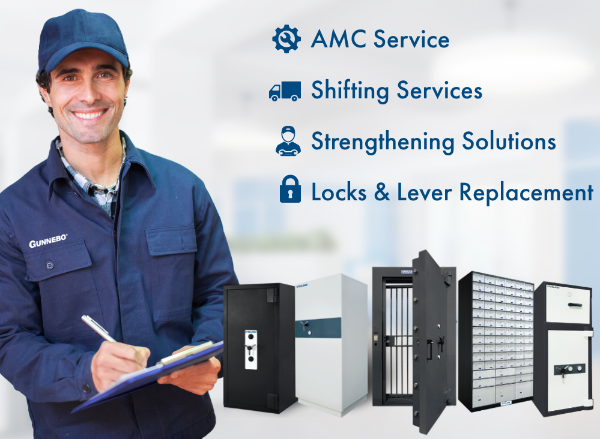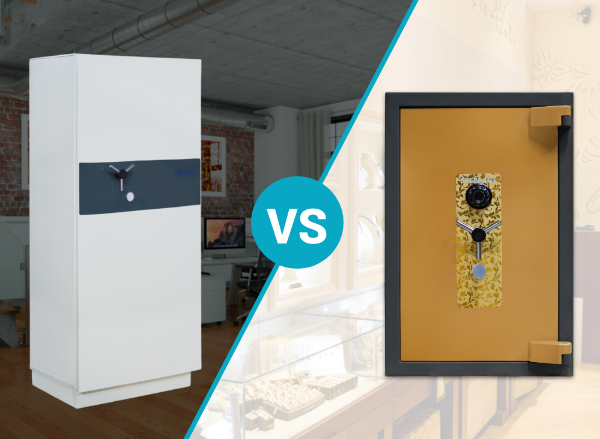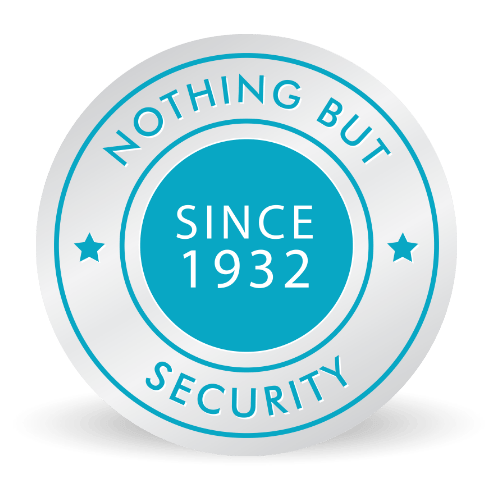
STEELAGE BLOGS
Wed 27th November 2024
Understanding Safe Deposit Lockers: What They Are and How They Work
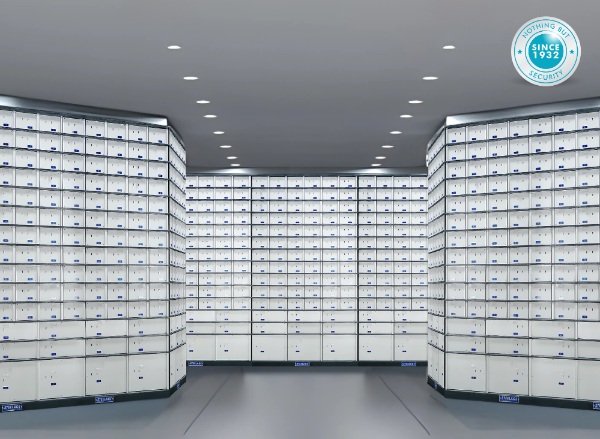
Safe deposit lockers (SDLs) are an essential component of modern banking infrastructure, providing customers with a secure space to store their valuables. For purchase offices tasked with selecting these lockers for banks, understanding their functionality, security features, and compliance requirements is crucial. Here’s an in-depth look at SDLs, focusing on what they are and how they work to aid your decision-making process.
What Are Safe Deposit Lockers?
Safe deposit lockers are high-security storage compartments offered by banks to their customers on a rental basis. They are designed to safeguard valuables such as jewelry, important documents, and heirlooms against theft, fire, and other potential threats.
Banks typically house these lockers in strong rooms or vaults, equipped with advanced security measures to ensure the safety of contents. For purchase offices, selecting the right SDLs involves balancing customer needs with bank security protocols, regulatory compliance, and cost considerations.
How Do Safe Deposit Lockers Work?
Safe deposit lockers operate on a dual-control mechanism to maximize security. Here's how they work:
- Dual Key System: The locker requires two keys for access: one held by the bank (master key) and the other by the customer. This system ensures that both parties must be present to open the locker.
- Access Control: Customers can access their lockers only during the bank’s operational hours. Bank staff supervises the access to prevent unauthorized use.
- High-Security Vaults: SDLs are housed within a secure vault or modular vault solutions, often constructed with reinforced steel, fire-resistant materials, and burglary-resistant technology.
- Surveillance and Monitoring: Modern banks integrate CCTV cameras, biometric authentication, and alarm systems to monitor locker areas.
- Regulatory Safeguards: Banks adhere to guidelines from the Reserve Bank of India (RBI) or equivalent governing bodies, ensuring lockers meet specified safety and operational standards.
Key Features to Consider for Purchase Offices
When procuring SDLs, several factors must be evaluated to ensure they meet the bank's requirements:
1. Security Features
- Fire and Burglary Resistance: SDLs should meet international security standards (e.g., BIS or EN certification) to protect against potential threats.
- Advanced Locking Mechanisms: Opt for lockers with dual-lock systems, electronic locks, or biometric access for enhanced security.
2. Material and Construction
- High-quality steel or alloy construction ensures durability and resistance to tampering.
- Fire-resistant and waterproof properties are critical for disaster resilience.
3. Customization Options
- Lockers should offer flexibility in size and configuration to accommodate diverse customer needs.
- Modular designs help optimize space within the vault room.
4. Compliance and Certification
- Ensure the SDLs comply with national and international standards for security and safety.
- Look for certifications like BIS (Bureau of Indian Standards) or equivalent.
5. Ease of Maintenance
- Lockers should be easy to maintain and operate without frequent technical issues.
6. Cost Efficiency
- Balance between cost and quality is essential. While premium lockers offer advanced features, they should align with the bank's budget constraints.
Why Selecting the Right SDLs Matters
For purchase offices, the decision to select a particular SDL impacts the bank's reputation and customer satisfaction. Here’s why choosing the right product is vital:
- Customer Trust: Secure lockers foster trust, encouraging customers to deposit valuables with the bank.
- Compliance Assurance: Regulatory adherence protects banks from penalties and legal complications.
- Operational Efficiency: Reliable SDLs reduce downtime and customer grievances.
- Competitive Edge: Offering state-of-the-art lockers can attract more customers, enhancing the bank’s market position.
Popular Technologies in Modern SDLs
Today’s SDLs go beyond traditional mechanisms, integrating advanced technologies to meet evolving security challenges:
- Biometric Locking Systems: Fingerprint or retina scanning for customer authentication.
- Time-Delayed Locks: Adds a layer of protection against burglary attempts.
- Tamper Evident Systems: Alerts banks to any unauthorized access or tampering.
- Smart Locker Integration: Connects lockers to centralized systems for seamless monitoring and management.
Safe Deposit Lockers by Steelage- A reliable security system designed to safeguard your valuables.
Engineered for optimal security and convenience, these lockers feature a best-in-class design and easy accessibility with dual 7-lever locks. Built with a solid steel door and a dependable locking mechanism, they ensure robust protection for your valuables. Available in a wide range of sizes, locker groups can include a mix of safe deposit box dimensions to cater to diverse needs. Each section is configured based on the size of the boxes, with the option to customize the fascia color using Lumina locker designs. Certified by the Bureau of Indian Standards under IS-5244 for burglary resistance, every locker in the range is equipped with a solid 10 mm plate door, delivering unmatched reliability and durability.
As a purchase officer, selecting safe deposit lockers is a strategic decision that requires careful evaluation of security features, material durability, compliance, and cost-effectiveness. SDLs play a pivotal role in ensuring customer trust and operational integrity for banks. Partnering with reliable manufacturers and suppliers who offer certified, high-quality products tailored to banking needs is key to making the right choice.
By prioritizing safety, innovation, and compliance, you can ensure that the SDLs you procure uphold the highest standards, serving both the bank and its customers effectively.
